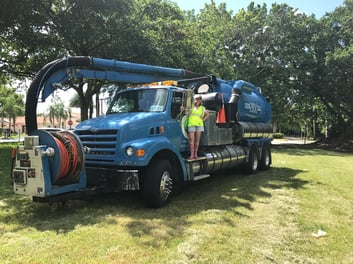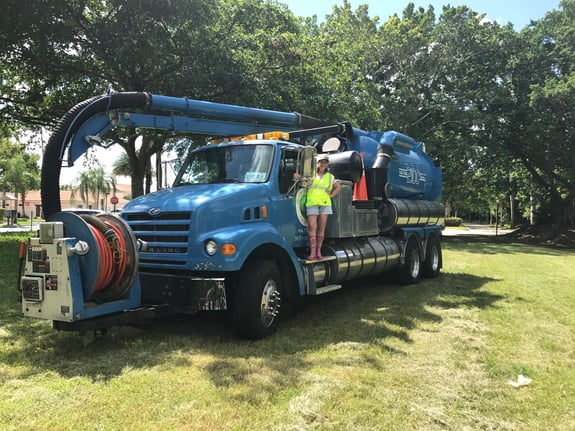South Florida is a region where seasonal rains fall over flat lands that offer little drainage. It is imperative that associations understand their stormwater systems and that ongoing maintenance of drainage systems is performed for flood prevention and compliance.
 Some counties and local water control districts require licensing and renewal of the permits for the operation and maintenance of surface water management systems. This benefits landowners by preventing flooding and helping to maintain water quality. Stormwater systems consist of combinations of the following components: lakes, canals, retention basins, swales, drainage structures, and stormwater pumping stations, to name a few. Routine maintenance and certification ensures that the system operates efficiently. It should be noted that in Broward County, failure to renew licenses may result in fines. Property Managers should be aware of local and county regulations and permits for each property they manage. Proper budgeting for the maintenance of stormwater systems is important.
Some counties and local water control districts require licensing and renewal of the permits for the operation and maintenance of surface water management systems. This benefits landowners by preventing flooding and helping to maintain water quality. Stormwater systems consist of combinations of the following components: lakes, canals, retention basins, swales, drainage structures, and stormwater pumping stations, to name a few. Routine maintenance and certification ensures that the system operates efficiently. It should be noted that in Broward County, failure to renew licenses may result in fines. Property Managers should be aware of local and county regulations and permits for each property they manage. Proper budgeting for the maintenance of stormwater systems is important.
Proper operation of a stormwater drainage system includes the following items:
- All catch basin grates, stormwater manhole covers and outfalls are to be free and clear of all obstructions.
- All catch basins are to be substantially free of mud, debris, silt and pollutants.
- There are to be no areas of sunken pavement that are likely to be the result of a drainage system failure.
- There are to be no deteriorated headwalls or broken grates.
- Weirs and internal baffles must be in place, and in proper working condition.
- Swales and retention/detention areas must not have been modified.
- The system must be certified that it has not been modified or expanded and that all components of the surface water management system are functioning in substantial conformance with the plans and specifications licensed by the county.
A final inspection by a certified engineer usually includes, but is not limited to, a visual inspection of all outfalls, grates, stormwater manhole covers, weirs, baffles, manholes, and catch basins. The inspection of underground culvert pipes is normally required only if the engineer concludes that there is evidence of need. With proper budgeting, managers will be able to put necessary maintenance costs for drainage systems into an affordable posture for their clients.
Homeowner Associations, property managers and residents play a vital role in managing the drainage systems in their area. By being familiar with the components in their communities, residents and managers can become active in helping to prevent flooding and pooling water. Drainage systems in your neighborhood should be inspected regularly, checking to see if trash, vegetation and sediments are being removed. Keeping records for jurisdictional agencies is important in preventing potential problems.
